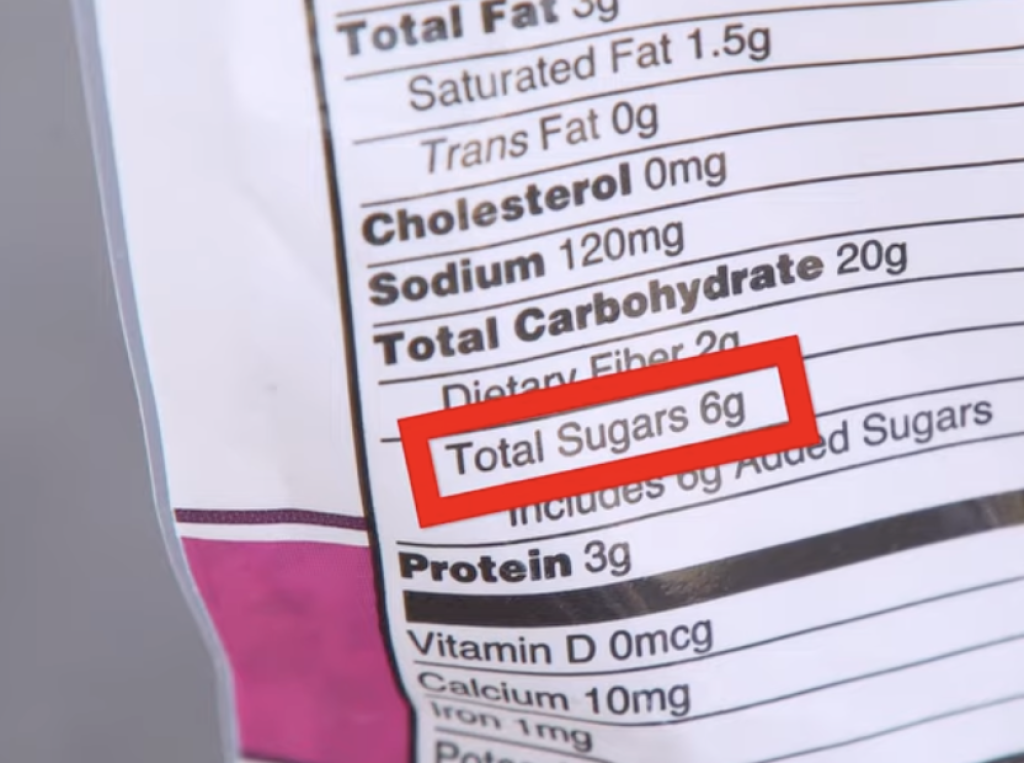Mayo Clinic Minute: 6 tips to healthy eating on a budget

6 tips to healthy eating
In this Mayo Clinic Minute, Cathy Deimeke, a Mayo Clinic nutritionist, has 6 tips on how to work healthy foods into your diet without spending a lot of money.
How can shopping at local farmer’s markets help save money on fresh produce?
Eating healthy can sometimes feel like an expensive commitment, but it doesn’t have to be. With some conscious planning and the right mindset, you can make nutritious meals without breaking the bank.
That’s why the Mayo Clinic has released a minute video titled “6 tips to healthy eating on a budget”. The tips aim to help individuals make informed food choices that are both healthy and cost-effective.
1. Plan ahead and stick to your grocery list
One of the most effective ways to eat healthily on a budget is to plan your meals ahead of time. Make a list of the ingredients you need, and stick to it when you’re grocery shopping. Be mindful of deals and promotions, but only buy what you know you’ll include in your meals.
2. Shop at local farmer’s markets
Shopping at farmer’s markets can be an affordable option for fresh produce. Locally grown fruits and vegetables tend to be less expensive than grocery store options, and the quality is often better, too. Take advantage of in-season produce and be willing to try new things.
3. Buy in bulk
Buying in bulk can save you money and reduce packaging waste. Consider purchasing dry goods like grains, beans, and nuts in bulk from a warehouse store or co-op. They often package items with minimal waste, too. Just be sure to store your bulk items in airtight containers to keep them fresher for longer.
4. Cook at home and meal prep
Eating out can be tempting, but it’s often more expensive and less healthy than cooking at home. Research healthy recipes and meal prep for the week ahead. This can help reduce food waste and save time during busy workdays. And, cooking at home allows you to control portion sizes and ingredients, so you’re not overspending on pre-packaged meals or fast food.
5. Use leftovers creatively
If you have leftover food from dinner, don’t throw it away! Instead, repurpose it creatively into a new meal for lunch or dinner the next day. For example, you could use leftover roasted vegetables in a salad or make a stir-fry with cooked meat and vegetables.
6. Avoid over-packaged and processed foods
Foods that come in packaging tend to be more expensive and less nutritious than fresh fruits, vegetables, and bulk foods. Avoid buying highly processed foods, which tend to be more expensive and less nutritious. Instead, opt for whole foods that are good for your body and your wallet.
These tips can help you make informed food choices that are both affordable and nutritious. By planning ahead, shopping mindfully, and cooking at home, you can enjoy a healthy diet without breaking the bank.









The ONLY Push Up Exercises You Really Need!
Satisfying Video That Helps You to Fall Asleep and Unwind
5-Minute Workout That Replaces High-Intensity Cardio
There’s a Mental Health Crisis Among Florida’s Kids
The Problem With Being a VEGAN in 2020